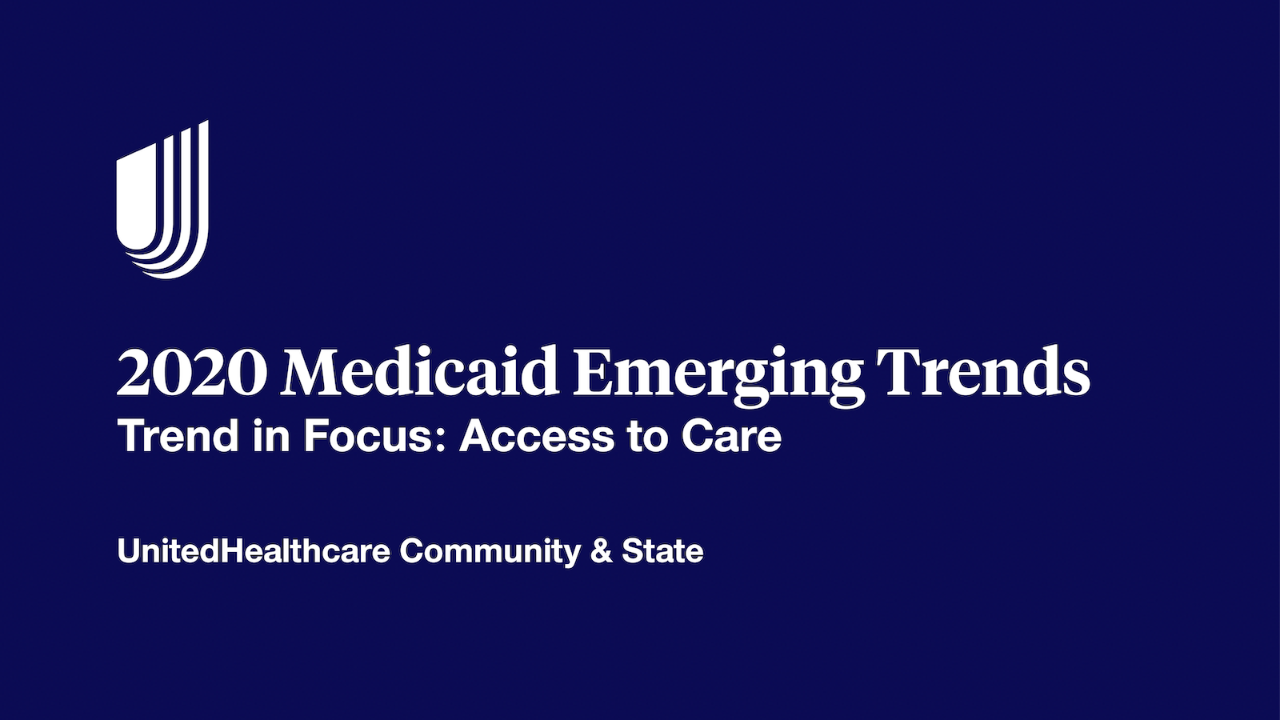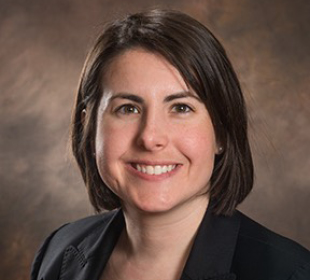Consistent access to health care continues to be a challenge across populations and geographies. But COVID-19 has amplified the health care delivery system’s efforts to meet people where they are and tailor care to address specific needs. This has led to innovative approaches and agile programs that serve Medicaid members through cost-effective, easy-to-access services.
In the midst of this disruption, we have identified four aspects of the trend in care access that will help shape the future of health care for individuals enrolled in Medicaid — including one that was amplified due to COVID-19.
1. Equitable access for all populations
Not all Medicaid members have equitable access to care, which has become more apparent since the COVID-19 pandemic. As a result, state leaders are taking steps to pursue new approaches to overcome long-time barriers to access. This includes developing innovative strategies to meet member-specific needs, including social determinants of health. Health care providers are also working to ensure their workforce is available and can address certain needs, including turning to allied health professionals who can supplement clinical capacity. These efforts are aimed at connecting Medicaid members with those who work at the intersection of health and community, such as direct service workers, community health works and peer support specialists.
2. Telehealth
Up until now, many state regulations reflected an older telehealth format where services were delivered through a central hub and spoke model and largely served rural communities. Even then, geographic, originating site, device and provider restrictions created red tape that made telehealth difficult to use for Medicaid services. Now, we're seeing states pull back some of these restrictions to broaden access. And we will likely continue to see telehealth become a prominent channel for this population to receive care moving forward.
Since the onset of COVID-19, most regulatory activity around telehealth has focused on live video and electronic consultations between providers. But more state Medicaid systems are beginning to reimburse for remote patient monitoring and store-and-forward modalities. For some managed care organizations, an approach to telehealth is included as specific criteria on the scoring sheets in request for proposals. As members continue to use and benefit from telehealth services and programs, we can expect telehealth growth to continue.
3. Alternative care sites
Individuals are seeking more accessible and affordable care. To meet this demand, policymakers and providers are looking to transition some of their traditional sites of care to provide more accessible and appropriate options. For example, the Federal government is currently supporting efforts to allow individuals who have called 911 to receive emergency health care services in alternative locations such as a federally-qualified health center or through telehealth services when it best fits their health care needs.
Partnerships with school-based health centers is another example of using alternative care sites in the Medicaid system. There is an ongoing push to support families and children better through the health system. Implementing school-based health centers allows us to meet our youngest members in a central community location.
Additionally, places such as hotels and shelters have emerged as alternative care sites to support individuals experiencing homelessness during COVID-19. These programs, which closely resemble medical respite care programs, have provided a place to be protected from exposure, await test results and quarantine for those who have tested positive. They have also highlighted the need for more long-term medical respite care capacity to best serve this vulnerable population.
4. Prioritizing care in rural areas
Individuals in rural communities usually don’t have the same access to care as those who live in urban settings. There are also shortages of specialist services in rural areas. Collectively, the health care system is looking for ways to prioritize the care of rural members and tailor services to these populations.
No two communities will have the same needs. Recognizing what infrastructure can best benefit the individuals living in a specific area and utilizing partnerships to support those specific needs will be key to caring for rural populations. This might include leveraging alternative payment models or looking at different infrastructure partnerships.
Read more from Kersten Burns Lausch

